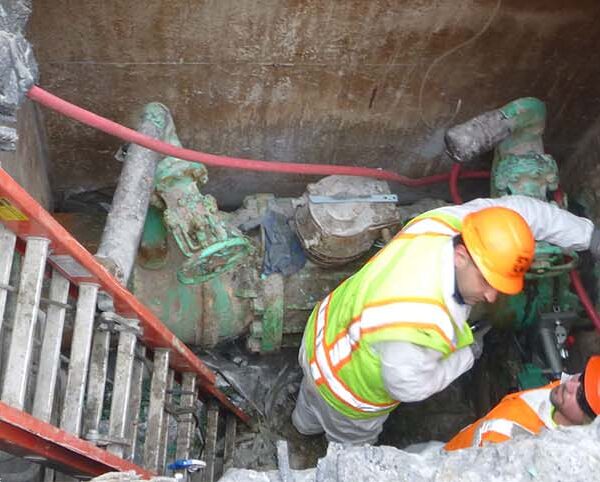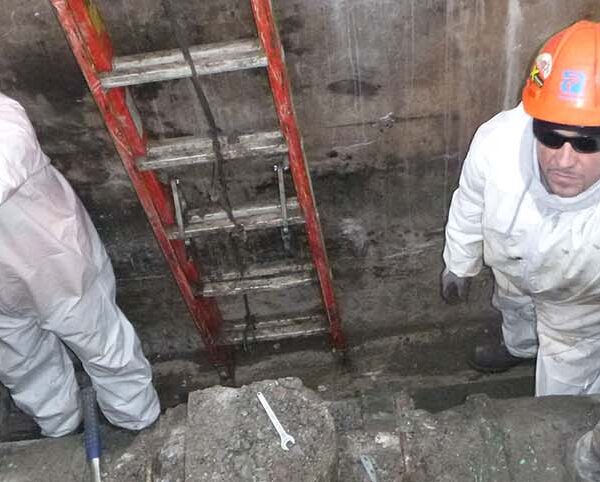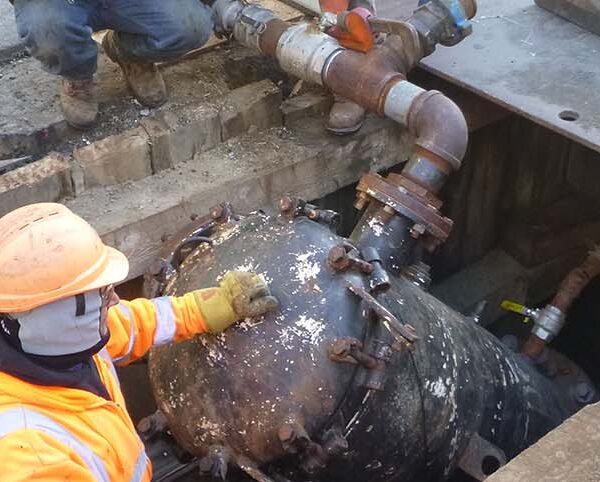Con Edison – Fuel Oil Pipeline #7 Closure
Location:
Long Island City, NY
Client:
Con Edison
Contract Value:
Project Dates:
2014 to 2015
- Stone, Sand, Clean Fill
- Transportation and Disposal of Contaminated Soils
- Asphalt Paving
- Commercial Recycled Concrete (R2)
- Curb and Sidewalk
- Remediation
- Hot Mix Asphalt
PROJECT OVERVIEW
The scope of this project was the final abandonment and closure of an oil pipeline running through Brooklyn and Queens. It required Posillico to mark out and expose utilities, create access pits to reach fuel pipelines, remove pipe segments and valves, clean the pipeline, and remove residual oils using specialized pipe cleaning equipment, grout the entire pipeline with lightweight concrete and perform paving, utility repair and sidewalk work to restore the access pits and roadways. The job ran 4 miles through residential and commercial areas of Astoria, Long Island City and Greenpoint, through NYC Park property and active roadways.
WHAT MADE THIS JOB COMPLEX
This project presented many hurdles. Some obvious challenges revolved around working in active roadways, safety concerns and traffic management, as well as lengthy stretches between access points and the coordination of equipment and material storage throughout the project area. Other challenges included the unexpected discovery of asbestos in pipe wrap and the disposal of the residual fuel from the pipe. In addition, the project required some design changes to remain in compliance with the NYSDEC consent order requirements, which meant the access points had to be maintained for an additional 2 to 3 months of redesign. This delay in schedule led to additional permit renewals and coordination.
HOW POSILLICO SOLVED IT
While a portion of the Posillico team worked with the engineer of record on a revised design for a constructible and practical approach, another dedicated portion of personal handled the pedestrian and vehicle management during work on active roadways. Diligent coordination and management of subcontractors also helped minimize the duration of activity in trafficked areas. Equipment and materials were stored in a rental space, central to the project locations and material transport and deliveries was handled with boom truck. To accommodate the proper disposal of waste, the residual oil was left in frac tanks on the road, with proper permitting and safety measures governing this process, until the weather warmed up sufficiently for the material to be disposed of per regulatory guidelines.




